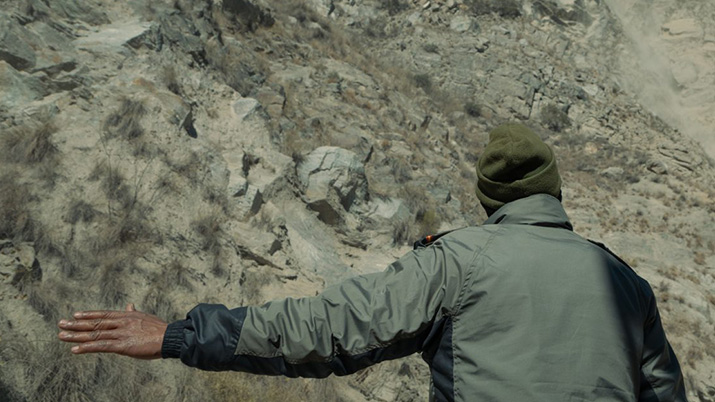Sarah Stanners, Post Doctoral Fellow in the Department, 2009-2010 will present on her work-in-progress in this term’s only session of Close-up.
———–
Serendipity and the Work of Simon Starling
Contemporary artist Simon Starling (b. 1967) won the Turner Prize in 2005 for dismantling a riverside shed in order to build a boat, only to dismantle the boat in order to rebuild the shed within a museum. He says that his prize-winning artwork Shedboatshed is “…about trying to connect things, connect histories, connect places, connect ideas and somehow the vehicles are a sort of integral part of that process…”1 Starling’s conceptual aims are almost always pursued by physical means. With Autoxylopyrocycloboros (2006), the artist salvaged a sunken boat from Scotland’s Lake Windermere, redeployed the vessel on Loch Long, equipped it with a steam engine, and powered the engine with freshly chopped sections of wood from the boat itself until its demands resulted in its own sinking. Through a series of observations, made possible by research and the formation of a network of relationships (both practical and intellectual), this artwork connected a myriad of ideas to make a statement about society’s ridiculous and self-destructive consumption of resources.
“It’s luck but it’s also just about identifying something’s significance,” says Starling about the observations that led him to make Autoxylopyrocycloboros. As a corrective to the understanding of serendipity in scientific innovation, Mark de Rond states, “…serendipity signals the ability to single out ‘correct pairs’ of observations that may have nothing in common except that they can be meaningfully related.” De Rond and others (in a wide range of disciplines) have resuscitated the etymology of ‘serendipity’ to emphasize that it is an ability, not an event, and therefore a consequence of agency, rather than chance. A serious consideration of serendipity in the visual arts is due and therefore my postdoctoral work aims to assess the creative mode of meaningfully relating what is seemingly unrelated. Looking to the recent art of Simon Starling, who recycles or replays sculptural modes of the twentieth century within a contemporary art framework, will allow me to demonstrate that the serendipity observed in the resulting artwork or exhibition installation is an engineered aspect of the artist’s creative process. Serendipity is a matter of strategy. Some artists speak of using a certain amount of luck to steer their creations, but I argue that serendipity is, in this case, the agency of the artist.
Between 2006 and 2008, I had the chance to closely observe Starling’s creation of Infestation Piece: Musselled Moore (2006-08), which was commissioned by the Power Plant Contemporary Art Gallery in Toronto. At the time, my research was concentrated on Henry Moore’s impact on Toronto and so, along with many other people, I became a part of Starling’s working method, which is open, and – like a net – cast widely. I found that I was a researcher watching another researcher at work. With Starling’s work, and much conceptual art in general, the process is paramount but not often displayed. My current research now aims to reflect on the processes involved in a selection of Starling’s projects and other artists who similarly cultivate the conditions for serendipity as a part of their working method.
– Sarah Stanners
———–
Image: Simon Starling, Strip Canoe (African Walnut)/Work in Progress, 2007-2008. Wooden canoe, mannequin.


